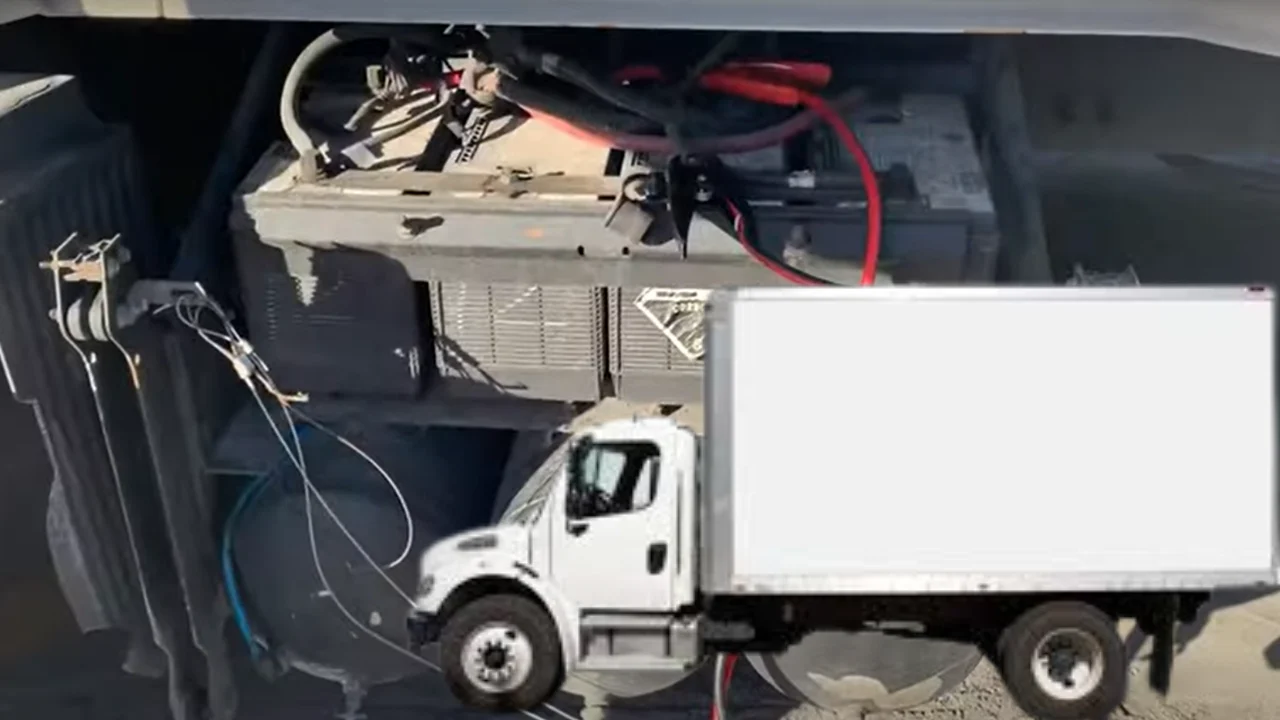Knowing how to jump start a truck can save you time and hassle, especially if you’re far from assistance. Nearly 20% of truck battery failures occur in cold weather, making this skill essential in tough conditions. Learning this process helps you get back on the road without stress. Follow our guide on how to use jumper cables to start a dead vehicle to safely jump-start your car.
From personal experience, having jumper cables ready can be a game changer. Statistics show that nearly 70% of roadside battery problems could be solved with a quick jump-start, so being prepared is key to a smoother journey.
Quick Look
Yes, you can jump-start a truck with a car if the car’s battery is strong enough. Use heavy-duty jumper cables and follow standard connection steps. Let the car run a few minutes to charge the truck’s battery before starting.
Can I jump-start a truck with a car?

Yes, you can jump-start a truck with a car, but there are a few key points to keep in mind. The car’s battery needs to be strong enough to support the truck’s larger engine. Use heavy-duty jumper cables, ideally 4-6 gauge, for efficient power transfer.
Position the car close to the truck without them touching and follow standard connection procedures: connect positive terminals first, then ground the negative on a metal surface. Start the car and let it run for a few minutes before attempting to start the truck. If the truck doesn’t start, allow more charging time or check connections. Learn how to jump start a starter solenoid and get your engine running again.
Tools Required
When it comes to jump-starting a truck, having the right equipment makes all the difference. Here’s a quick rundown of essential tools to get the job done safely and effectively.
- Jumper Cables: Look for cables that are 4-6 gauge and at least 20 feet long to ensure they can connect between vehicles with ease.
- Vehicle with Charged Battery: Make sure the assisting vehicle has a fully charged battery of the same voltage, typically 12 volts for trucks.
- Safety Gear: Gloves and eye protection are handy, especially if there’s battery corrosion, reducing injury risk by about 80%.
Step By Step Guide
Jump-starting your truck is simple when you break it down. Just follow these clear steps to safely connect the cables and get your truck running again in no time.
Step 1: Position the Vehicles
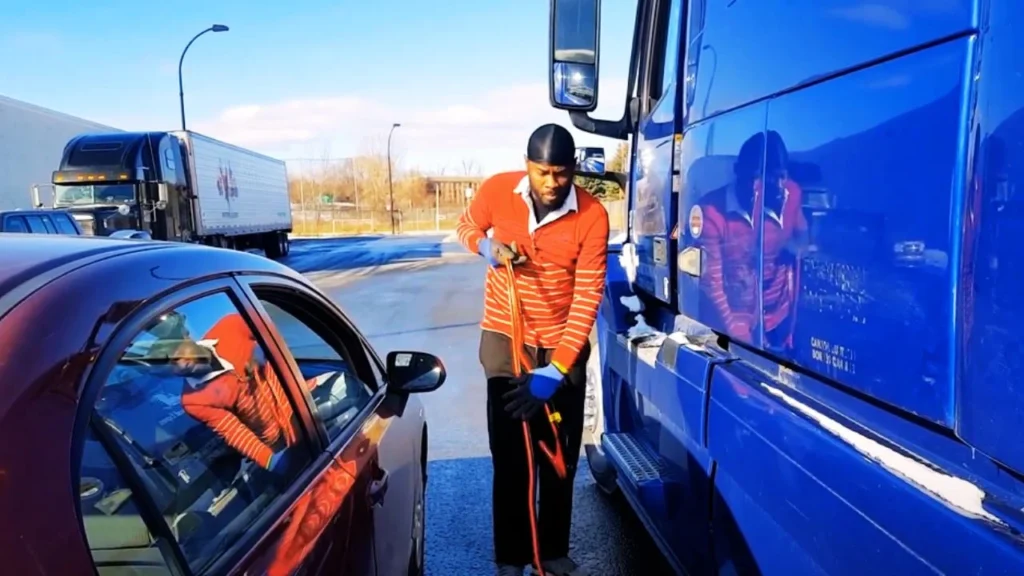
Park the assisting vehicle 12 to 18 inches from your truck, close enough to connect the cables but without the vehicles touching.
Step 2: Connect the Positive Clamps

Attach one red clamp to the positive (+) terminal on your truck’s dead battery, then connect the other red clamp to the positive terminal on the good battery.
Step 3: Connect the Negative Clamps
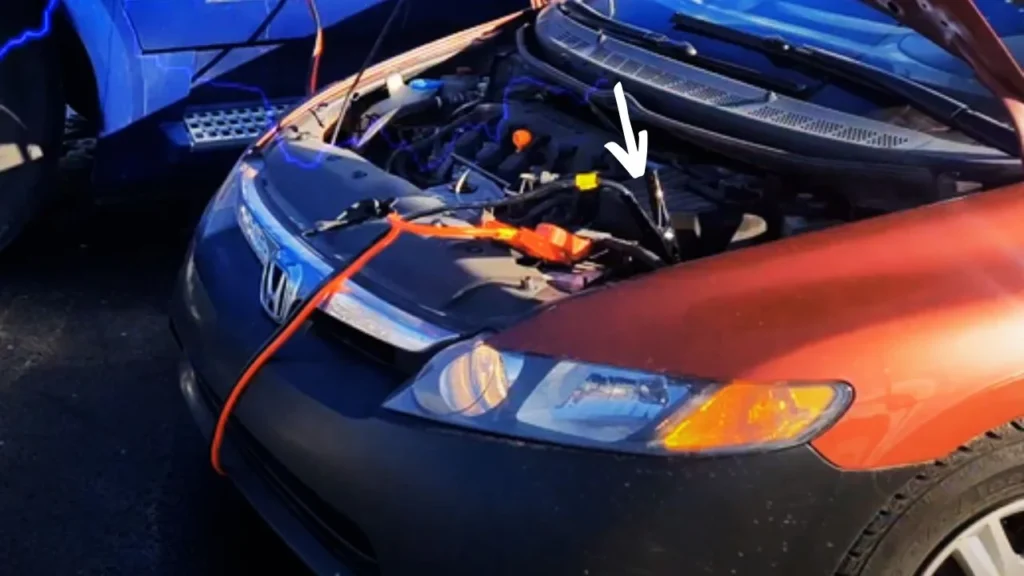
Attach one black clamp to the negative (-) terminal on the good battery, and place the other black clamp on an unpainted metal surface on your truck’s engine block.
Step 4: Start the Assisting Vehicle
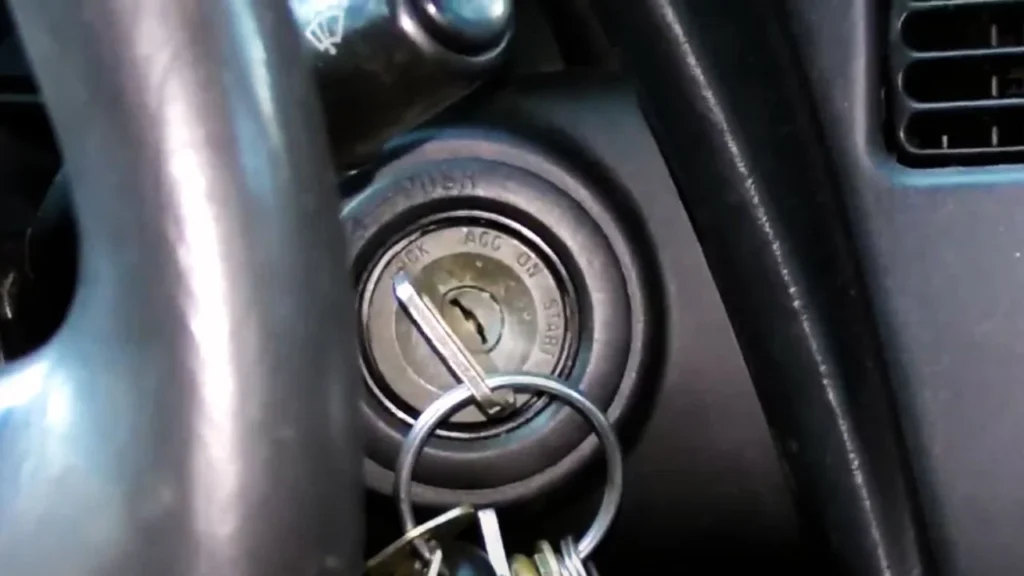
Turn on the assisting vehicle and let it idle for 5 to 10 minutes to allow the battery to build some charge.
Step 5: Start Your Truck

Attempt to start your truck. If it doesn’t start on the first try, wait another minute and try again.
Step 6: Disconnect the Cables

Remove the cables in reverse order: black clamp from the engine block, black clamp from the good battery, then red clamps from both batteries.
Aftercare
Once my truck is running again, I let it idle for about 15-20 minutes to recharge the battery. This short wait ensures that the alternator supplies enough charge, which keeps me from getting stranded again soon.
To be extra safe, I try to drive the truck around for about 10-15 miles. This distance helps the battery regain a stable charge and allows me to check for any unusual sounds or dashboard warnings that could point to further issues.
After a jump-start, I make a habit of monitoring the battery for a few days. If I notice any trouble starting the engine, I take it to an auto shop for testing. Discover how to jump start a Honda Pilot with our step-by-step guide.
Alternative Methods
Here are two alternative ways to jump-start your truck when a second vehicle isn’t available. These methods can save the day, especially with a portable jump starter on hand or a helping push for manual transmissions.
Using a Portable Jump Starter
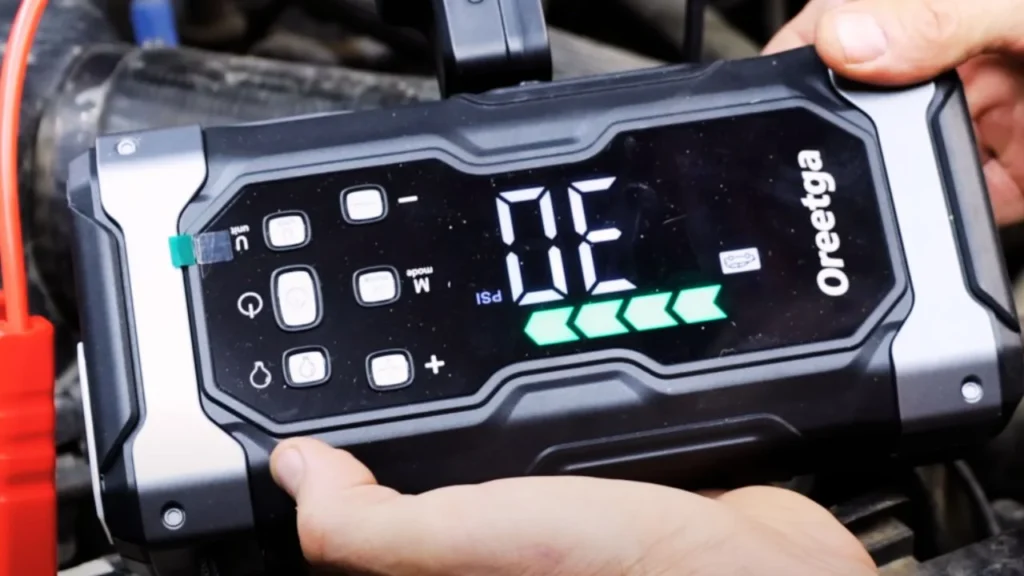
Sometimes, it’s handy to know alternative ways to jump-start a truck, especially if a second vehicle isn’t available. One reliable option is a portable jump starter. This device is compact yet powerful—many models can deliver over 1,000 peak amps, which is more than enough to get a truck moving.
Steps for Using a Portable Jump Starter
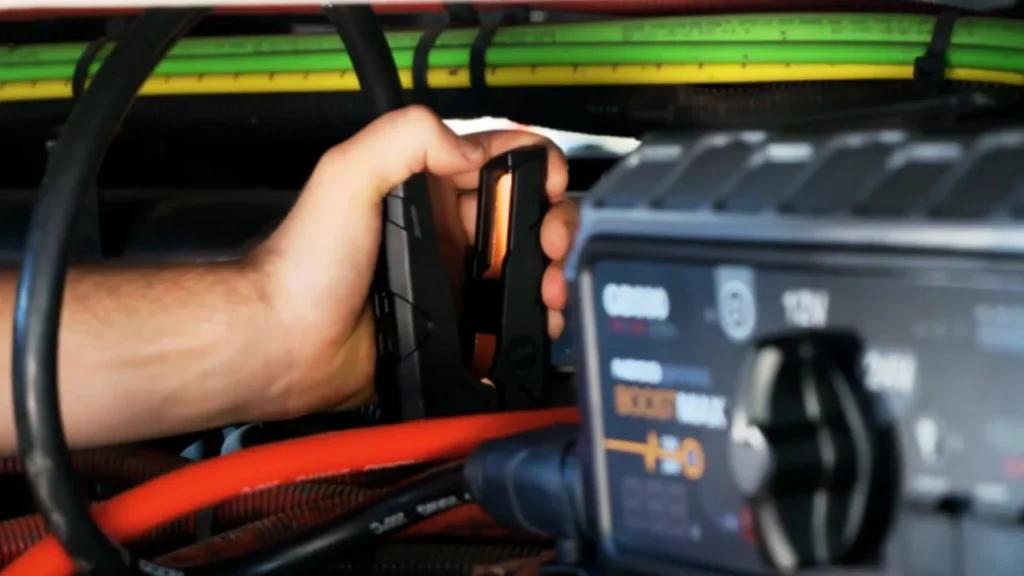
Using a portable jump starter is straightforward. First, connect the red cable to the positive battery terminal, just as you would with jumper cables. Then, attach the black cable to a metal part on the truck’s engine block. According to most manufacturers, you can expect a jump start in under 60 seconds!
Push Starting a Manual Transmission Truck
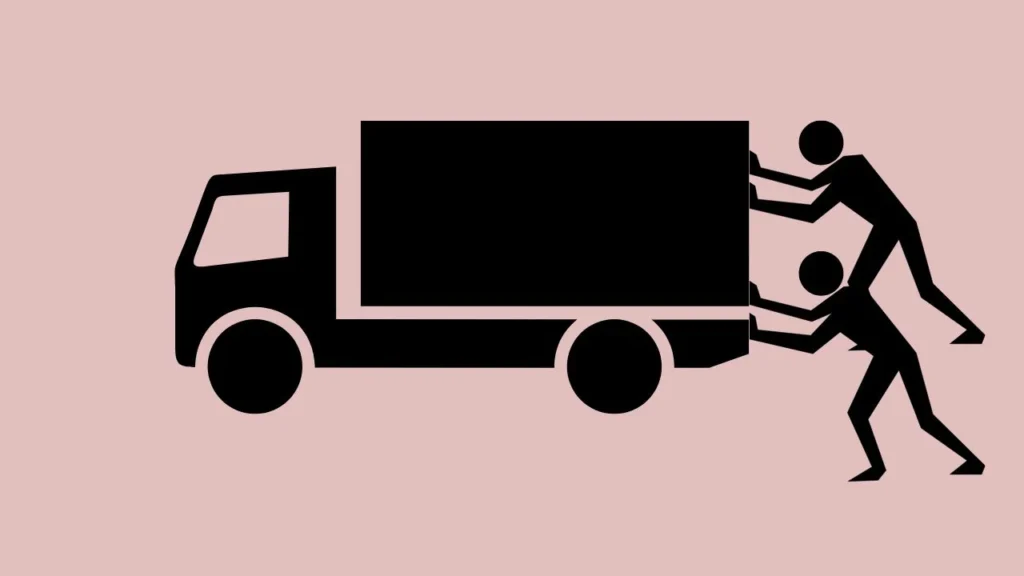
For trucks with manual transmissions, another option is push-starting, though it requires a bit of help. With the vehicle in second gear and the clutch pressed down, ask a friend to push. Once you’ve gained some momentum—ideally around 5-10 mph—release the clutch. Check out the best auto battery jump starter to keep your car ready for any situation.
Safety Guide
Jump-starting a truck with a car requires careful attention to safety to avoid potential hazards. Here’s a simple safety guide to help you do it safely and effectively.
1. Check Both Batteries: Ensure both vehicles have compatible battery voltages, typically 12 volts. Using incompatible batteries can cause damage or electrical issues. Inspect both batteries for cracks, leaks, or corrosion before beginning; these can pose safety risks.
2. Park Safely and Position Vehicles Properly: Park the car close to the truck, ensuring they don’t touch. Engage both vehicles in park or neutral, apply the parking brakes, and turn off all electrical components like lights, radios, and AC systems. This reduces the risk of electrical surges.
3. Use Proper Jumper Cables: Use heavy-duty jumper cables, ideally 4-6 gauge and at least 20 feet long. Lower-gauge cables can handle the power demands of a truck better and ensure a safer connection. Avoid cables that are frayed or damaged, as they may cause sparks.
4. Connect Cables Carefully: Connect the red (positive) clamp to the truck’s positive battery terminal, then the other red clamp to the car’s positive terminal. Attach the black (negative) clamp to the car’s negative terminal, and the remaining black clamp to an unpainted metal surface on the truck, away from the battery.
5. Start the Car First and Charge Slowly: Start the car, letting it run for a few minutes to send charge to the truck’s battery. Then, attempt to start the truck. If it doesn’t start, wait a few more minutes before trying again.
6. Disconnect Carefully and Safely: Once the truck starts, disconnect the cables in the reverse order of connection. Avoid touching the clamps together to prevent sparks.
Final Words
Jump-starting a truck is easier than it sounds, especially with this guide on how to jump start a truck. After following each step, you’re back on the road in under 10 minutes! Keeping a set of 20-foot jumper cables can be a real lifesaver in emergencies.
Regular battery checks save time and reduce risks, so it’s worth investing a few minutes monthly. I hope this makes you feel confident about your next roadside hiccup!
FAQs
What should I do if the truck battery keeps dying after a jump start?
If your truck battery dies repeatedly after a jump start, it could indicate a failing battery or alternator. Try testing the battery with a multimeter; a voltage below 12.4 volts means it may need replacement. If the battery is good, the issue might lie with the alternator, which powers the battery while driving. Visit a mechanic to inspect and fix any underlying electrical issues. Learn everything you need about the auto jump starter for your vehicle’s emergency needs.
Can cold weather affect the jump-start process for a truck?
Yes, cold weather significantly impacts the jump-start process. Low temperatures cause battery fluid to thicken, reducing power output and making it harder to start the engine. Ensure both batteries are sufficiently warm by turning on the car first and letting it run. In extremely cold conditions, consider using an insulated battery blanket to maintain warmth for better performance.
How can I tell if my jumper cables are high enough quality for a truck?
High-quality jumper cables for a truck are typically 4-6 gauge and at least 20 feet long. Look for thick, well-insulated cables that handle the higher power requirements of a truck battery. Check for durable, rust-resistant clamps for reliable connections. Lower-gauge cables provide faster, safer power transfer and are recommended for heavier vehicles, as thin cables may overheat and be less effective.
Is it safe to jump-start a truck on uneven or sloped surfaces?
Jump-starting a truck on uneven or sloped surfaces can be risky. Always prioritize safety by parking on level ground whenever possible to prevent rolling and ensure stability. If you must jump-start on a slope, engage both parking brakes and place wheel chocks to stabilize both vehicles. Avoid jump-starting on steep slopes or unsteady terrain, as this can increase the risk of accidents.
